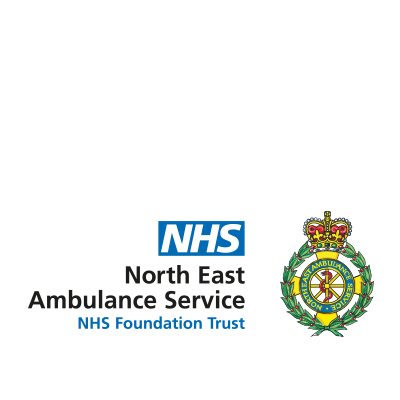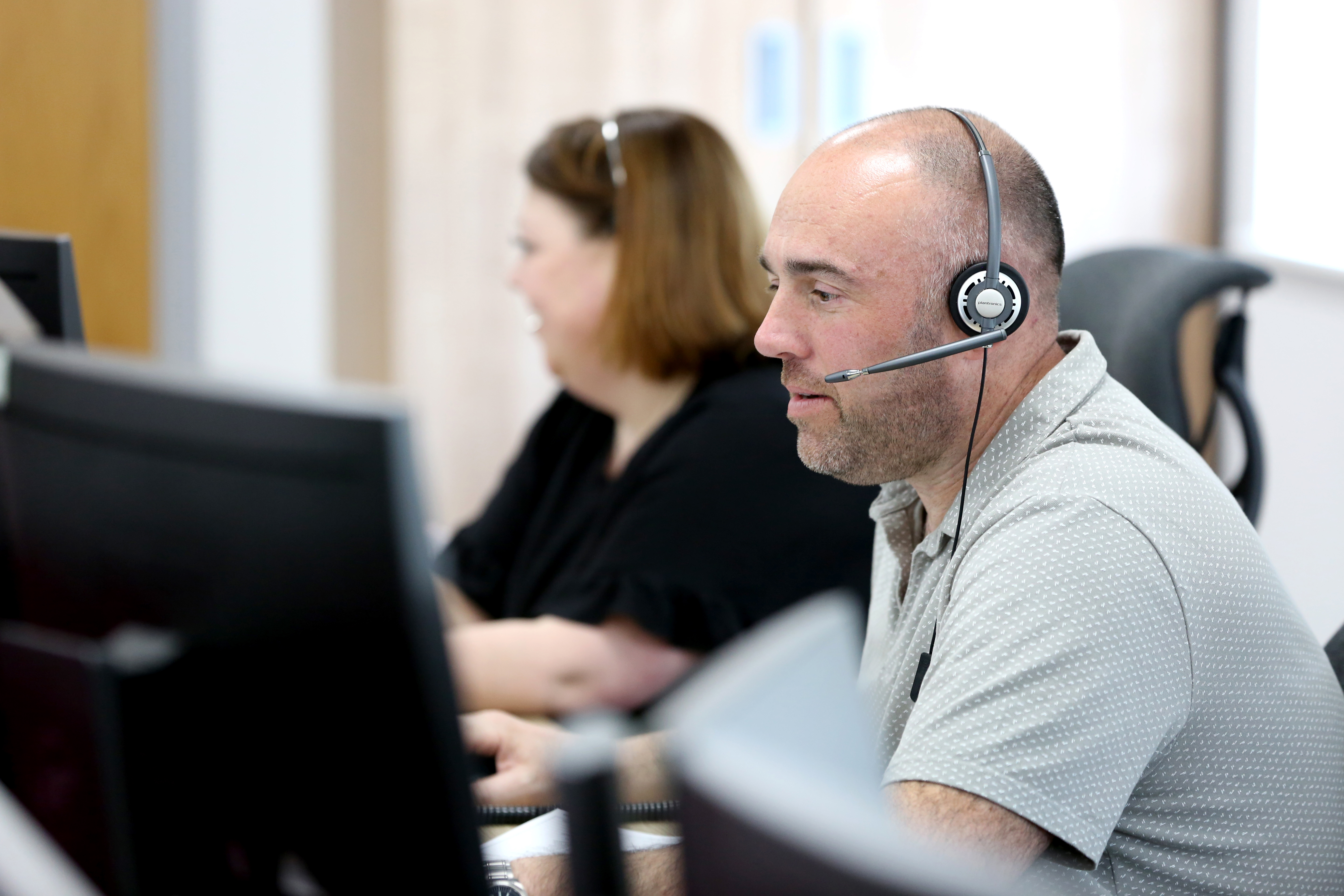
Key focus:
New ways of working and delivering care
- Cross-organisational workforce planning
- Cross-organisational working
Collaborating for capacity
The North Tyneside area was facing a lack of dedicated home visiting capacity at the start of 2019, increasing the demand on primary care and impacting GPs’ availability to deliver face-to-face assessments in practices. This was a significant issue in an area which serves a population of 205,000 people.
To address this, North Tyneside CCG approached the North East Ambulance Service NHS Foundation Trust (NEAS) to discuss the possibility of developing additional home visiting capacity by utilising the paramedic workforce in a new way. The organisations worked together, and NEAS developed an outline proposal for a service, which was extended following input from Northumbria Healthcare NHS Foundation Trust (NHFT) and 29 participating GP practices.
This consultation period culminated in the agreement to implement a rotational working model for paramedics across North Tyneside.
The model was of a dedicated rotational paramedic workforce, operating 10am-6pm Monday to Friday. Four advanced practitioners would be available at any point to provide home visits traditionally undertaken by a GP. This was embedded into the community services hub operated by NHFT. By operating as an integrated part of community services across North Tyneside, co-located in North Tyneside General Hospital, NEAS’s staff became mobile resources able to deliver up to 32 home visits per day. This was a significant benefit to primary care services in the area.
Obstacles and enablers
The initial development of the partnering arrangement with NHFT presented a challenge relating to where the service integrated into wider community services, access criteria and the methods by which jobs would be referred into the service. The key hurdle was that the community services hub did not have a centralised operating system which could facilitate the necessary allocation of work. By working with the community services administration team, NEAS developed a standardised referral and clinical assessment template using pen and paper.
The key enabler to this work was funding. This was provided by North Tyneside CCG, who wanted to trial the concept of rotational paramedic support into primary care. The full duration of the pilot was 20 months, and the initiative has now been made permanent. NHFT also provided significant cross-organisational support with administrative functions, estates, and overarching governance of the systems and processes.
Outcomes
Overall, surveyed patients have found the service excellent, with an average 99% approval rating. Feedback has consistently highlighted that service users feel they are given appropriate time and care by paramedics, feel listened to, safe, and confident in the care provided.

NEAS and NHFT undertook data analysis for the initial six-month period of delivery, between August 2019 and January 2020. In total, there were 1,747 referrals to the service. Of these referrals, fewer than 1% were not undertaken due to capacity constraints. Over 90% of referrals to the service were managed either on-scene by the clinician or
referred into primary/community care. Only 10% of patients seen were then admitted to hospital.
These are staggeringly positive results. The staff involved between the various organisations have also found the rotational model to be beneficial to their working lives. GPs have noted considerable additional time to focus on patients in their practices, catch up on paperwork, and generally relieve pressures – for each home visit undertaken by NEAS Advanced Practitioners, GPs are freed up to undertake an additional four to six face-to-face clinical assessments.
The paramedics involved have also increased their scope of practice considerably, enhancing their overall clinical assessment skills and knowledge. The rotational aspect was popular with NEAS staff, with job satisfaction from working across a range of service areas reported.
Wider benefits
This working model is a prime example of the value of integrating ambulance services into primary care, joining up out of hospital care, and providing patients with a more seamless experience. It has also enabled NEAS, primary, and community care services to be more aware of each other’s challenges, better able to join up pathways of care, and to understand staff capacity and resource across the area as a whole. This is in alignment with both Long Term Plan and People Plan ambitions, as well as the Carter Report (due to the channel shift from hospitals into community care).
As the pandemic hit, a resource capacity challenge also became apparent for the COVID-19 Hubs across North Tyneside. Due to the existing rotational working model, NEAS were able to provide additional resource to support the hubs at a time of real need. This kind of flexibility is what many organisations are working to emulate.
Next steps and reflections
NEAS is currently engaged in developing a region-wide rotational paramedic service, funded and supported as part of the GP DES contract and Additional Roles Reimbursement Scheme. The key milestone is quarter three of 2021/22, when the first cohorts of staff will commence work in primary care as trainee first contact practitioners.
Ensuring strong relationships, communication, and integration between organisations from the outset has been crucial to the success of this work. Complete transparency and willingness to be flexible as services develop is at the heart of each organisation's involvement, alongside understanding that primary care is a very different operational setting for paramedics, requiring a considerable 'bedding in' period. This was recognised and supported by all parties and has made the rotational model a resounding success.